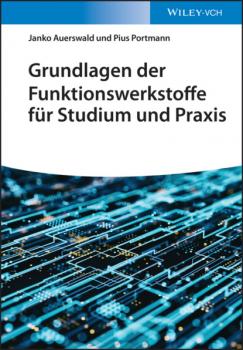ТОП просматриваемых книг сайта:
Техническая литература
Различные книги в жанре Техническая литература, доступные для чтения и скачиванияАннотация
Discover how to measure, control, model, and plan people flow within modern buildings with this one-stop resource from a leading professional People Flow in Buildings delivers a comprehensive and insightful description of people flow, analysis with software-based tools. The book offers readers an up-to-date overview of mathematical optimization methods used in control systems and transportation planning methods used to manage vertical and horizontal transportation. The text offers a starting point for selecting the optimal transportation equipment for new buildings and those being modernized. It provides insight into making passenger journeys pleasant and smooth, while providing readers with an examination of how modern trends in building usage, like increasingly tall buildings and COVID-19, effect people flow planning in buildings. People Flow in Buildings clearly defines the terms and symbols it includes and then moves on to deal with the measurement, control, modelling, and planning of people flow within buildings of all kinds. Each chapter contains an introduction describing its contents and the background of the subject. Included appendices describe measured passenger data and performed analyses. Readers will also benefit from the inclusion of: A thorough introduction to people-counting methods, including counting technology inside and outside buildings, passenger traffic components, and manual people-counting An examination of the passenger arrival process in building, including the Poisson arrival process and probability density function, and passenger arrivals in batches A consideration of daily vertical passenger traffic profiles, including two-way traffic profiles and the effects of inter-floor traffic An exploration of people flow solutions, including stairs, escalators, and elevators with collective and destination group control systems, as well as double-deck and multicar system People flow calculation and simulation models Elevator planning with ISO simulation method Elevator planning and evacuation of tall buildings Perfect for software designers in the private sector and academia, People Flow in Buildings will also earn a place in the libraries of elevator consultants, manufacturers, and architects who seek a one-stop reference for transportation devices from a functional and design perspective, as opposed to a hardware perspective.
Аннотация
The Cyber Ecosystem can be a replica of our natural ecosystem where different living and non-living things interact with each other to perform specific tasks. Similarly, the different entities of the cyber ecosystem collaborate digitally with each other to revolutionize our lifestyle by creating smart, intelligent, and automated systems/processes. The main actors of the cyber ecosystem, among others, are the Internet of Things (IoT), Artificial Intelligence (AI), and the mechanisms providing cybersecurity. This book documents how this blend of technologies is powering a digital sustainable socio-economic infrastructure which improves our life quality. It offers advanced automation methods fitted with amended business and audits models, universal authentication schemes, transparent governance, and inventive prediction analysis.
Аннотация
Das geballte Wissen der erfolgreichen Kräuterexpertin Adolfine Nitschke zum sofortigen Loslegen: Mit der Kraft der heimischen Wildkräuter bewusst durch das Jahr
Аннотация
The European Commission"s support for the production of this publication does not constitute an endorsement of the contents, which reflect the views only of the authors, and the Commission cannot be held responsible for any use which may be made of the information contained therein. The book is intended for students enrolled in the program “Technology of Internet of Things and Smart City”. The book includes training materials and guidelines for self-monitoring (questions for self-testing). For successful study of the course, the diligent training in previously studied IT disciplines is required.
Информация о книге
Автор произведения Евгений Александрович Басыня










